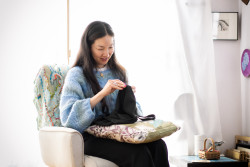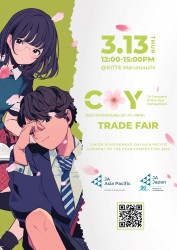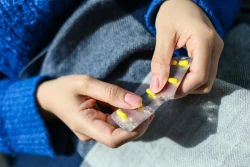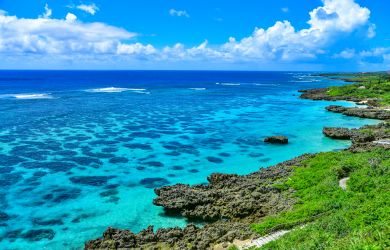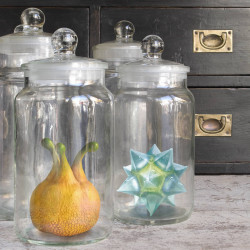
Originally published on metropolis.co.jp on July 2007

When did you first come to Japan?
I was 5 when I came with my parents. I stayed until I was 17, then went to college in the States and came back to Japan four years ago.
What have you been doing since?
I toured Japan as the only foreigner in the Japanese theater production Nanohana Rhapsody. I had a recurring role in an NHK drama. I’ve done ads for Marukome Miso, IBM, Vodafone and Sony AIBO, as well as voiceovers in English and Japanese for Mitsubishi Motors, Coca-Cola, UNICEF, Uniqlo, NEC, video games, and an animated movie, Cat Blue Dynamite. Last year, I slowed down a bit after the birth of my daughter.
What are you currently doing?
I do the daily advanced English radio program for NHK and a weekly radio program in Japanese on JFN, called Nippon Style. I also work as a consultant at Foxmark International. We jokingly call ourselves “relational engineers.”
What does that mean?
We are a go-between for Japanese and foreign companies, facilitating communication and solving problems that might arise over cultural or business factors. It’s fascinating because I get to see how international deals are put together.
Is it hard being a working mother in Japan?
For a country so desperate to have more children, they make it really difficult. Most women have little flexibility in their work hours, and there is a lot of competition for spots in daycare centers, though I’ve been lucky in both areas.
How was it with you?
I worked almost right up until delivery. I got a lot of flak. Being pregnant, I saw a different side of the culture. For one thing, people rarely gave up their seats on the train, even when I stood with my big belly right in front of the “silver seats.” When I was working, people would comment how delicate and fragile I was, being critical in the guise of courtesy, which was infuriating. But I have to say I had a great birth. It was a water birth with midwives, and it was fantastic. There are four or five places in Tokyo where you can do it. Since then, I’ve become fascinated with Japanese midwifery, and I’d like to do a project that would give people a more incisive look into their world.
